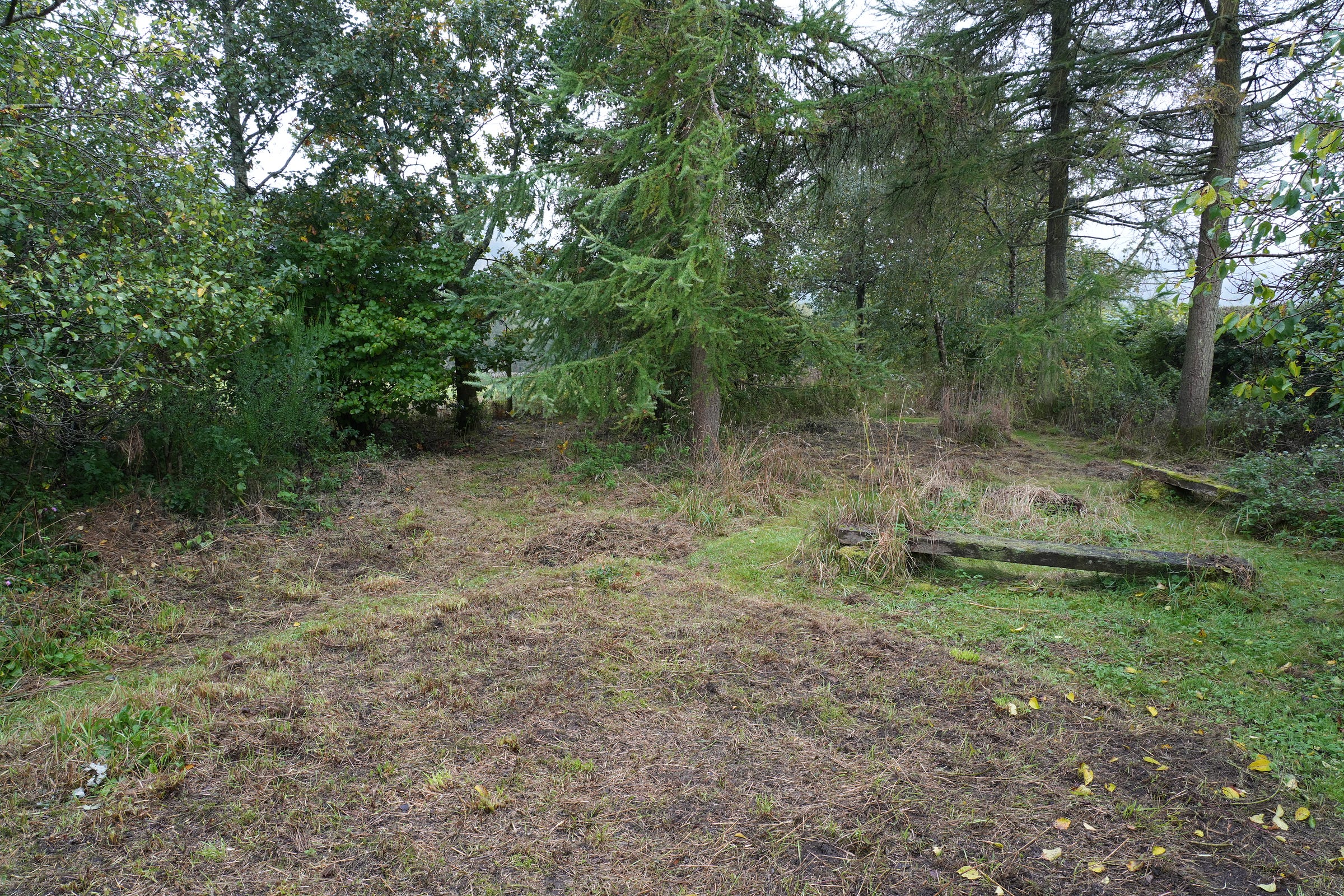How to establish wildflowers in part to full-shade (part one)
With no weeding, watering or ground preparation

The fire pit area of our garden, which sits below the polytunnel and main garden, has been my fun experiment area with wildflowers for the last five years. It’s slow growing - this is not instant gardening - but I have been able to observe first-hand how many different species of wild plant do or don’t establish.
Part of the issue with this area, which is the size of a large suburban garden, are the beautiful trees surrounding it. In the five years we’ve been here, they’ve grown noticeably and are starting to shade what was a sunny open mini-meadow. This along with their leaves making the ground very fertile, means meadow planting is no longer suitable. I need to shake things up and I’m going to lean into wild shade planting.

